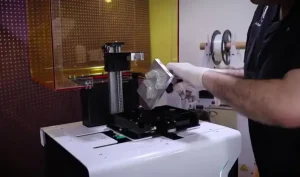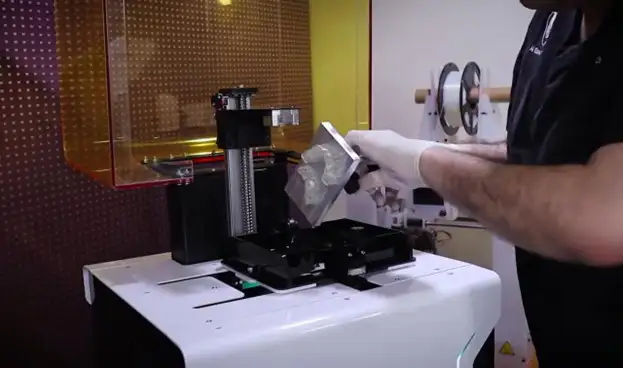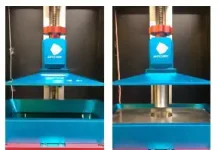By David A. Walker, PhD, executive chairperson, PAMA
In the field of additive manufacturing (AM), the dental market looms large. At present, this is the single largest market in the AM plastics sector – and vat photopolymerization technologies represent most of the revenue.
Growth remains quite strong, as rising disposable incomes drive a world-wide demand for cosmetic dentistry. CAGR’s of 20+% are projected over the next five years. Unsurprisingly, AM OEM hardware manufacturers line up to court the various dental labs that print and supply appliances to dental offices. Over time, the market has developed a reputation for having little brand loyalty – labs swap out printers if they can save a few dollars as the margins in the business continue to shrink. In short, the dental AM market is the very definition of a crowded marketplace. Add to this landscape the long-rumored interest of both Walmart and Amazon in entering this sector – both with stated intentions of driving down prices for consumers – and the AM industry is left with a fast-growing market challenged by dropping margins. To survive and grow, companies need to find alternative paths to customers.

Aspen Dental – one of the largest dental service organizations on the planet – recently announced a partnership with SprintRay to bring AM chairside to patients. SprintRay is a name not necessarily recognized for attendees of IMTS, RapidTCT or AMUG – these are more industrially focused shows – but attendees of LMT Lab Days in Chicago – one of the biggest dental shows – will see SprintRay’s very strong presence on the floor. Rather than sending digital scans to a dental lab that might ship parts in one- or two-days’ time, Aspen and SprintRay intend to 3D-print dental appliances onsite and in real time as the patient receives treatment.
“SprintRay has a robust product portfolio, industry-leading cloud design and software, and significant innovation in materials,” commented Amir Mansouri, SprintRay’s CEO and co-founder, when asked about the collaboration.
Aspen’s stated intentions are to place a “3D-printing ecosystem” in more than 900 Aspen Dental locations across the United States. While this is a highly ambitious vision, it has the potential to be disruptive to the existing AM dental business model.
“The opportunity to partner with an organization like Aspen Dental has offered insights into different product development paths to meet the needs of distributed manufacturing at scale,” added Sumeet Jain, who recently joined SprintRay as a vice president after several years managing the AM ambitions of Sartomer/Arkema.
Being a dental service provider, as opposed to a third-party dental lab, Aspen has direct access to the end customer and thus more control over what is offered to its patients. If Aspen and Sprint Ray are successful in their business model, it seriously could upend the standing ‘bread and butter’ dental lab revenue that is critical to the AM industry.
In an alternative approach, Mogassam, a dental AM start-up, is targeting more distant markets rather than trying to compete in the competitive North American landscape. The company is bringing a full-stack automated 3D-printing workflow to meet the unique dental needs in the Middle East and North African region. Mogassam has been engaged in a pilot program across Egypt over the last two years to deliver same-day dental care. This is a critical need in the region as it is common for patients to travel several days to receive medical care at a clinic. It’s rare for patients to have the luxury of returning in a few days for follow-up fitting appointments. By integrating AI support into the workflow, Mogassam has been able to increase the accessibility of AM technology in a region with a severe deficit of technical and design-for-additive know-how. This ingenuity is being rewarded with success in accessing this new and emerging market.
“The dental industry in Africa suffers from a lack of access to formal technical education,” commented Ahmed Adel, CEO of Mogassam. “Additionally, factors such as limited access to the internet and a tendency for regional practitioners to keep their techniques as trade secrets has limited applicable solutions.” Mogassam’s pilot program already has netted over $1 million in revenue by selling a modestly priced ecosystem.
“It’s really fulfilling to see new dentists performing treatments that they thought were beyond their abilities,” said. Adel. “Our technology has enabled them to go farther.” Mogassam forecasts revenues in the tens of millions as the company expands the program throughout Northern Africa.






